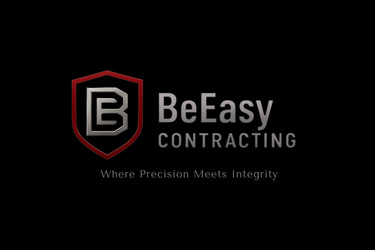Now serving Upstate Newyork & Louisville Kentucky
Revolutionizing Housing: The Future of 3D Printing Technologies
Revolutionizing Housing: The Future of 3D Printing now sweeping the nation
Brandon brown
10/11/20252 min read


Introduction to 3D Printing in Construction
3D printing technology is progressively revolutionizing various industries, and the construction sector is no exception. By utilizing additive manufacturing techniques, we can create buildings and structures in a more efficient and sustainable manner. The advent of 3D printed houses marks a significant breakthrough, potentially addressing the global housing shortage while minimizing environmental impacts.
Breakthrough Technologies in 3D Printing Houses
The implementation of cutting-edge technologies in 3D printing houses presents exciting opportunities. One of the key innovations includes the use of advanced materials such as concrete composites, enabling the creation of robust and durable structures. Furthermore, the integration of robotics for automated construction processes significantly enhances speed and precision, facilitating a faster turnaround time for building homes.
Additionally, the utilization of digital design software allows architects and engineers to create customized plans, tailoring homes to meet specific needs and preferences. This level of customization is almost unattainable through traditional building methods. As the nation looks forward to the integration of these breakthrough technologies, the potential for flexibility in housing design becomes increasingly feasible.
Benefits and Challenges of 3D Printed Houses
The adoption of 3D printed houses offers a myriad of benefits. Firstly, these homes can be constructed in a fraction of the time compared to traditional methods, significantly reducing labor costs and minimizing delays. Secondly, 3D printing processes typically generate less waste, promoting sustainable building practices. This not only leads to cost savings but also has profound implications for environmental conservation.
However, the transition to 3D printing in housing does not come without challenges. Building codes and regulations must evolve to accommodate this new technology, ensuring that safety and structural integrity remain paramount. Moreover, as the industry develops, collaborating with skilled tradespeople and technology experts is essential to overcome logistical hurdles involved in implementing these advanced systems.
In conclusion, 3D printing houses represent a transformative shift in construction methodologies, driven by innovative technologies. As we explore and implement these breakthroughs across the country, the prospect of delivering affordable, customized homes becomes a tangible reality. By embracing this evolution, we can contribute significantly to resolving the challenges faced in housing supply while fostering a more sustainable future.
BeEasyContractingLLC
56 Rauber st Rochester NY 14605
WNY Headquarters
+5858953041
Info BeEasyContractingLLC@Gmail.com
Locations
Newyork & Kentucky
6488 bradstown road Louisville KY 40291
